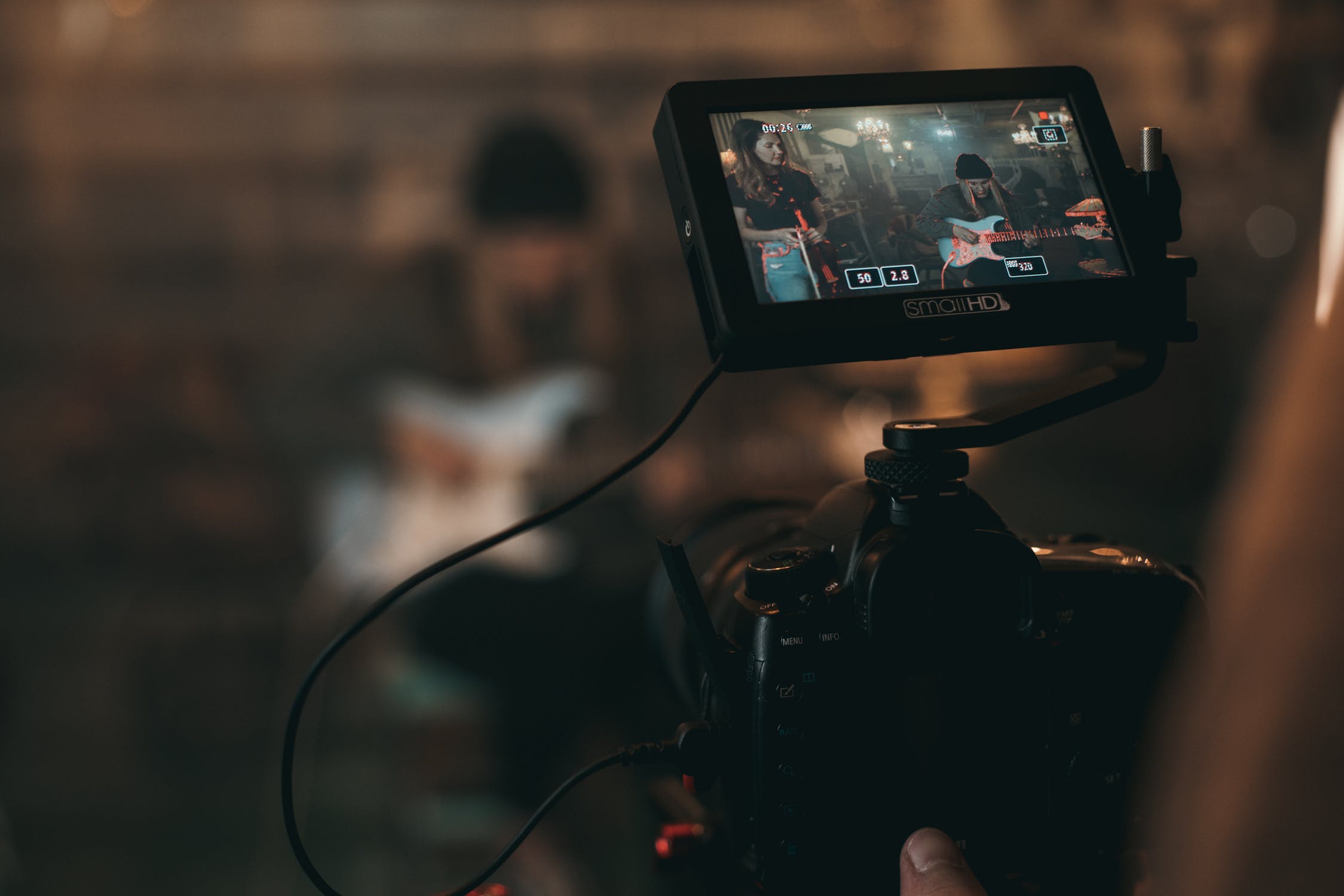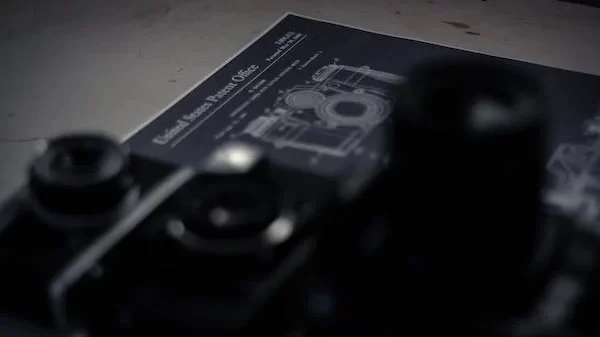“Ever wonder what goes on behind the camera during your favorite TV shows? From the lights, to the cameras, to the action – we’re taking you behind the scenes of TV production. Get ready for an exclusive look at how your beloved series come to life and discover all the secrets that make them so captivating!”
Introduction to TV Production
TV production is a complex process that involves many different people working together to create a final product. The first step in the process is the development of the idea for the show. Once the idea has been approved, the next step is to write the script. Once the script has been written, it is then sent to the casting department to find actors to play the parts.
After the cast has been chosen, they will begin rehearsals. During rehearsals, the director will work with the cast and crew to blocking out each scene. Blocking is when everyone involved in a scene is given specific instructions on where they need to be and what they need to do during each take.
Once blocking has been completed, it’s time for filming. Filming typically takes place on a soundstage or locations depending on what is required for each scene. After filming has wrapped, it’s time for post-production. In post-production, all of the footage is edited together into a cohesive whole.
What is a Showrunner?
In television, a showrunner is the head writer and executive producer of a television series. They are responsible for the overall creative vision of the show, as well as managing the day-to-day operations of the writers room and production.
Showrunners typically have a background in writing and/or producing, and have often worked their way up through the ranks of a TV show before being given the title. Some showrunners also take on additional roles such as directing or editing, but their primary responsibility is to oversee all aspects of the show’s development.
While every TV show is different,showrunners typically work closely with the network or studio execs to develop the show’s concept and pitch it to potential buyers. Once a show is picked up, the showrunner works with the writers to map out each season’s storylines and episodes. They also work closely with the cast and crew during production, making sure everything runs smoothly and stays on budget.
Responsibilities of a Showrunner
As the showrunner, it is your responsibility to oversee all aspects of the television show’s production. This includes hiring and firing personnel, approving scripts, budgeting, and scheduling. You are also responsible for the creative vision of the show and making sure that it is executed properly.
It is a lot of pressure, but it is also a lot of fun. You get to work with a team of talented people to bring a story to life. And at the end of the day, you get to see your name on the credits as the person who made it all happen.
Challenges Faced by Showrunners
As the creative force behind a TV show, showrunners have a lot of responsibility. They not only have to come up with fresh ideas for each episode, but they also have to manage the writers, directors, and actors, while keeping an eye on the budget. It’s a tough job, and it’s not surprising that many showrunners end up burning out.
Another challenge faced by showrunners is the constant pressure to deliver ratings. networks are always looking for ways to boost their ratings, and that can put a lot of pressure on showrunners to deliver. If a show isn’t performing well in the ratings, it’s likely that it will be cancelled, no matter how good it is.
Showrunners also have to deal with the possibility of network interference. While some networks give their showrunners complete creative freedom, others are much more hands-on, offering suggestions or even dictating what should happen in an episode.
The Creative Process Behind TV Production
The creative process behind TV production is fascinating. It starts with an idea, which is then turned into a script. From there, the script is turned into a storyboard, and then the storyboard is used to create a shooting schedule. Once the shooting schedule is created, the cast and crew are brought in to shoot the pilot episode. After the pilot episode is shot, it’s edited and then sent to the network for approval. If the network approves the pilot, it’s then sent to series production. Series production is where the majority of the episodes are shot. Once all of the episodes are shot, they’re edited and then aired on television.
Collaboration in the TV Production Process
Collaboration is key in the TV production process, from the initial idea to the final product. Every step of the way, different people with different expertise come together to contribute their skills and ideas.
In the early stages, a team of writers will develop the show’s concept and write a pilot episode. Then, the producers will take on the task of fleshing out the details of the show, including budgeting, scheduling, and finding a cast and crew.
The pre-production process is when all of the logistics are ironed out and everything is ready to go for filming. This is also when the director comes on board and starts working with the actors to blocking out scenes and rehearsing.
Once filming begins, it’s a non-stop race to capture all of the footage needed before time runs out. The director works with the camera operators to get all of the shots they need, while also working with the actors to keep them on track. Meanwhile, the sound and lighting crews make sure everything looks and sounds good on camera.
Once filming wraps, it’s time for post-production. This is when all of the footage is edited together into a cohesive whole.
Technology Used in TV Production
Television production has come a long way since the early days of live broadcasts. Today, there are many different types of technology used in TV production, from video cameras and editing software to graphics and animation.
Video Cameras
One of the most important pieces of technology in TV production is the video camera. There are many different types of video cameras available, from professional-grade cameras to more affordable consumer-grade cameras. Professional-grade cameras are typically used for studio shoots and for filming live events, while consumer-grade cameras are often used for reality television and home videos.
Editing Software
Once the footage has been shot, it needs to be edited before it can be aired on television. There are many different types of editing software available, ranging from simple programs that allow you to make basic cuts to more complex programs that allow you to add special effects and graphics. The type of editing software you use will depend on the type of project you’re working on and your budget.
Graphics and Animation
Graphics and animation can be used to enhance a television program or add visual interest. Graphic designers create images and animations that can be used as backgrounds, overlays, or as stand-alone elements. Animators create moving images that can be used in title sequences, commercials, or music videos.
Conclusion
TV production is an incredibly complex and intricate process that requires a lot of expertise and dedication. From scripting to scheduling to editing, each part of the process must be completed in order for the final product to come together in a way that looks great on screen. It’s no surprise then why so many talented people are involved in this industry – from producers to editors to writers.










